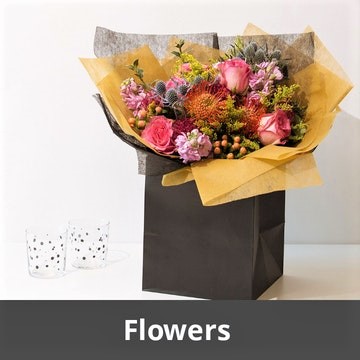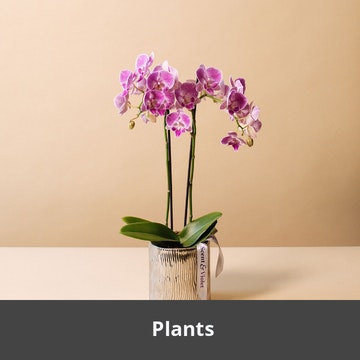Ordering Valentine’s Day flowers in January
Posted by scentandviolet on January 20, 2019
There are few benefits to ordering Valentine’s Day flowers in January:
Plant care: Pothos
Posted by scentandviolet on December 15, 2018
Ivy, trailing pothos, devil's ivy, money tree, hunter's robe... pothos (Epipremnum aureum) is a species of flowering plant in the family of Araceae, native to the island of Mo'orea. Named devil's ivy for being almost impossible to kill (and we guess Mother-in-law's tongue was already taken) in India and region it is known as money tree and it is often gifted to new businesses for grand opening.
Plant profile: Anthurium
Posted by scentandviolet on December 15, 2018
Anthurium is native to tropical rainforests throughout Central and South America. All anthuriums need very high humidity and warmth to thrive.
Plant care: Ceramic dish garden
Posted by scentandviolet on December 15, 2018
Help! I received a ceramic dish garden as a gift. What do I do?
Ceramic dish garden is a collection of jointly grown plants purposely grown to look like a decorative element. There are two ways you can go about it:
1. Leave it as a decorative element and care for it as such or
2. replant each plant individually and care for each plant according to individual plant care instructions.
The essential guide to floristry marketing on a budget
Posted by scentandviolet on December 11, 2018
Most of the small businesses (including ours) struggle with allocating appropriate marketing budget. Truth to be told, not too many of us have a written marketing strategy in place (While definitions on what is marketing strategy keep changing over the years we are going to offer our simplified version: Marketing strategy is fully outlined plan on how to communicate products/services and company values to consumers, stakeholders and, public in general). Very often, small businesses confuse marketing and advertising (advertising is and should be just a small part of marketing strategy). Naturally, when I was approached by Pat from ECOMM Tips offering his two cents on how to communicate on a budget I was interested to hear. While his tip column focuses on floral business, advices offered could be easily applied to many other small businesses. In hopes, that some of the advices offered will help my friends in the floral industry and other small business compatriots – please enjoy. S&V
***




